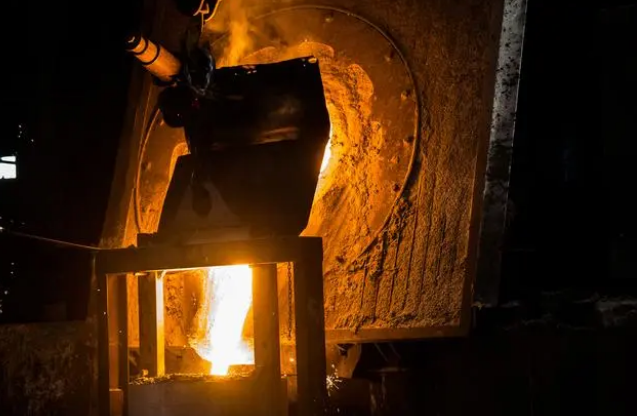
Seamless Steel Pipe Quenching and Cooling Method
Quenching is a heat treatment process that heats steel above the critical temperature, keeps it warm for a certain period of time, and then cools it at a rate greater than the critical cooling rate to obtain an unbalanced structure dominated by martensite (there are also bainite or remain single-phase austenite). Quenching is the most widely used process method in steel heat treatment process, which includes three stages of heating, heat preservation and cooling.
The purpose of quenching:
Transform supercooled austenite into martensite or bainite to obtain martensite or bainite structure, and then temper with different temperatures to greatly improve the rigidity, hardness, wear resistance and fatigue strength of steel And toughness, etc., so as to meet the different requirements of various mechanical parts and tools. Quenching can also be used to meet the special physical and chemical properties of some special steel materials such as ferromagnetism and corrosion resistance.

The purpose of quenching:
Transform supercooled austenite into martensite or bainite to obtain martensite or bainite structure, and then temper with different temperatures to greatly improve the rigidity, hardness, wear resistance and fatigue strength of steel And toughness, etc., so as to meet the different requirements of various mechanical parts and tools. Quenching can also be used to meet the special physical and chemical properties of some special steel materials such as ferromagnetism and corrosion resistance.
Cooling method of seamless steel pipe after quenching:
To make the high-temperature phase in the steel—austenite transform into the low-temperature metastable phase—martensite during the cooling process, the cooling rate must be greater than the critical cooling rate of the steel. During the cooling process of the workpiece, there is a certain difference in the cooling rate between the surface and the core. If the difference is large enough, it may cause the part above the critical cooling rate to transform into martensite, while the core part below the critical cooling rate cannot be transformed into martensite. Situation of the body. In order to ensure that the entire cross-section is transformed into martensite, it is necessary to select a quenching medium with sufficient cooling capacity to ensure a sufficiently high cooling rate at the core of the workpiece. However, the cooling rate is high, and the internal stress caused by the uneven thermal expansion and cold contraction inside the workpiece may deform or crack the workpiece. Therefore, the above two contradictory factors should be considered, and the quenching medium and cooling method should be reasonably selected.
The cooling stage not only obtains a reasonable organization of the parts to achieve the required performance, but also maintains the size and shape accuracy of the parts, which is a key link in the quenching process.
Cooling method of seamless steel pipe:
Both heating and cooling speed are important to heat treatment, especially cooling speed, different materials, different workpieces, different shapes, and different sizes of workpieces choose different cooling speeds. The cooling methods commonly used for seamless pipes are: cooling with the furnace, cooling in the air after being released from the furnace, cooling in water, cooling in oil, etc.
Cooling with the furnace is the slowest, generally used for stress relief annealing; cooling in water is the fastest, natural cooling in the furnace is furnace cooling, and cooling with the furnace.
Air cooling: Air cooling is a heat treatment method that slowly cools seamless steel pipes in the air. This method can reduce the overheating of the seamless steel pipe surface, thereby reducing the risk of deformation and cracking.
Oil cooling: Oil cooling is a heat treatment method that slowly cools seamless steel pipes in oil. This method can improve the hardness and wear resistance of the seamless steel pipe, but attention should be paid to the temperature of the oil and the purity of the oil to avoid contamination or quality problems of the seamless steel pipe.
Water cooling: A water treatment method that uses cooling water flowing from heat exchange equipment in a circulating cooling water system to lower the temperature.
Go here to learn about "Seamless Steel Pipe Normalizing, Quenching and Tempering Process"


